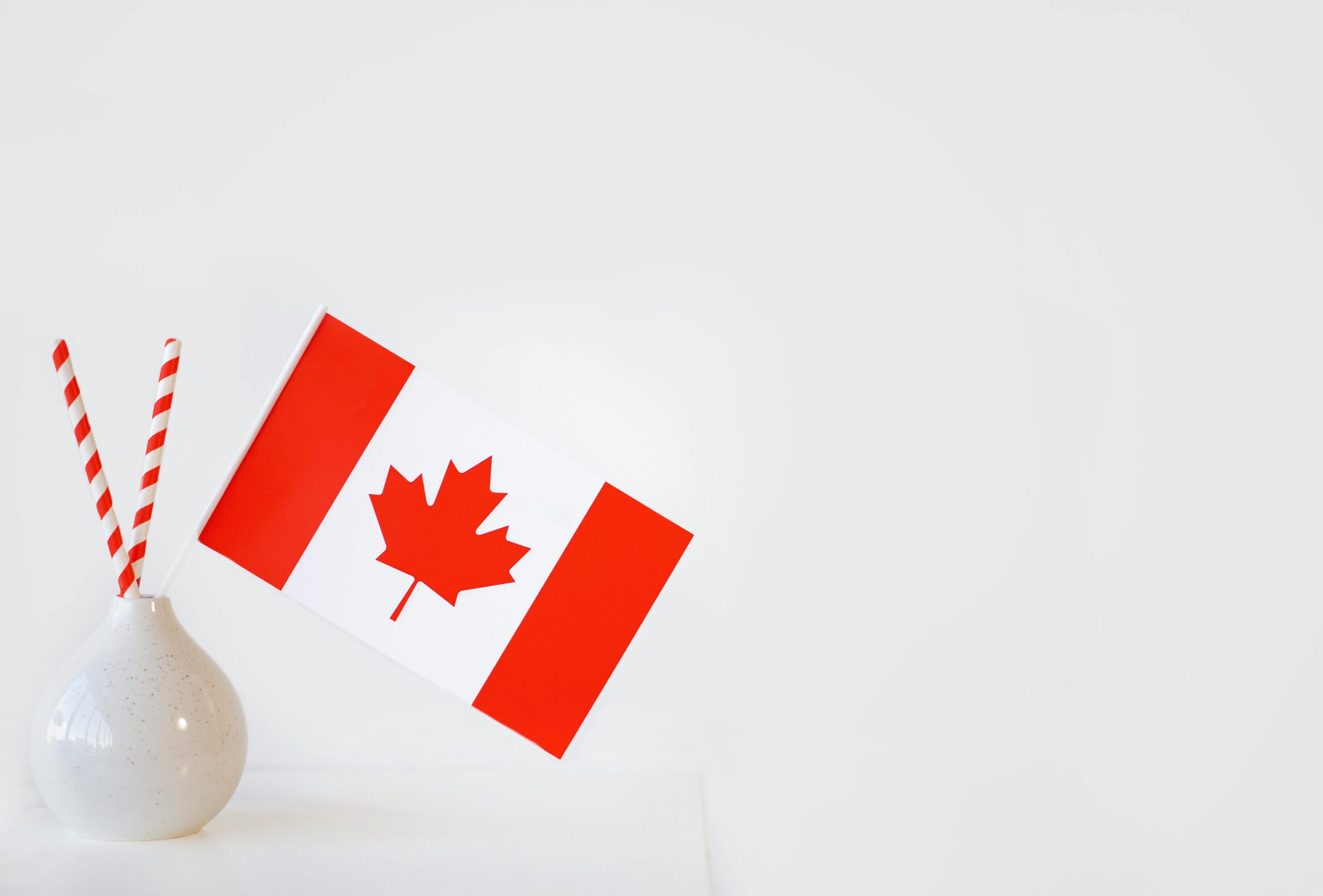For those preparing for a new life in Canada, understanding the cultural landscape is as crucial as navigating the immigration process itself. While Canada is known globally for maple syrup, politeness, and stunning natural scenery, there is a rich tapestry of peculiar and delightful traditions that truly define the Canadian experience. This guide offers a comprehensive look into these unique customs, providing newcomers with the insights needed to feel truly at home in the Great White North.
Table of Contents
- Embracing the Great White North: A Deep Dive into Canada’s Most Bizarre and Beloved CustomsThe Ultimate Culinary Culture Shock: Navigating Canada’s Most Peculiar Foods and DrinksDressing the Part: Understanding Essential Canadian Slang and Fashion QuirksFrequently Asked Questions
Embracing the Great White North: A Deep Dive into Canada’s Most Bizarre and Beloved Customs
Integrating into a new country involves more than just finding a place to live and work; it means participating in the rituals that bind communities together. In Canada, some of these rituals are wonderfully strange. Take, for instance, the Newfoundland “Screech-In.” This remarkable ceremony is a rite of passage for visitors or “come from aways” to the province. Presided over by a seasoned Newfoundlander, the ritual involves taking a shot of Newfoundland Screech (a type of rum), reciting a local pledge, and, most famously, kissing a codfish. While it sounds bizarre, this tradition is a powerful and humorous expression of Newfoundland’s unique cultural identity and its welcoming spirit. Participating in a Screech-In is an unforgettable way to be accepted as an honorary local. Similarly, a summertime visit to the Calgary Stampede reveals a celebration of Western heritage that is more than just a rodeo. Events like the chuckwagon races, a high-octane and dangerous sport, showcase a level of grit and tradition that is profoundly Canadian. Understanding these events is key to appreciating the deep-rooted pride Canadians have in their regional identities. They are not just for entertainment; they are living history and a testament to the diverse cultural threads that make up the country.
The Ultimate Culinary Culture Shock: Navigating Canada’s Most Peculiar Foods and Drinks
Canadian cuisine is often misunderstood or reduced to a few key items, but the reality is far more diverse and, at times, perplexing. Perhaps the most iconic yet unusual dish is poutine. Originating from Quebec, this combination of french fries and cheese curds smothered in hot gravy has become a national obsession. Its beauty lies in its simplicity and its capacity for endless variation, from gourmet versions with duck confit to late-night comfort food staples. Beyond poutine, Canada’s culinary quirks continue with the Caesar cocktail. While it may look like a Bloody Mary, its secret ingredient is Clamato juice—a blend of tomato and clam broth. This savoury, briny concoction is a beloved national drink, often garnished extravagantly with anything from a celery stalk to a full slider. In certain parts of the country, particularly Ontario and Quebec, newcomers might be surprised to find milk sold in plastic bags. This requires a special pitcher to hold the bag after snipping off a corner. While it seems inefficient to some, it’s a normal part of daily life for millions. These culinary traditions are more than just food and drink; they are central to social gatherings and national identity. Sharing a poutine or mixing a Caesar are simple acts that connect people to the broader Canadian culture.
Key Canadian Culinary Traditions at a Glance
Ordered list can be used to showcase the key culinary traditions in Canada.- Poutine: A quintessential Quebecois dish made of french fries, cheese curds, and gravy. It is widely considered Canada’s national dish and is a must-try for any newcomer.The Caesar: Canada’s national cocktail, distinguished by its use of Clamato juice, vodka, hot sauce, and Worcestershire sauce, served in a salt-rimmed glass.Butter Tarts: A small, sweet pastry tart with a filling made from butter, sugar, syrup, and egg. The debate over whether the filling should be runny or firm, and with or without raisins, is a lighthearted national pastime.Nanaimo Bars: A no-bake dessert bar named after the city of Nanaimo, British Columbia. It consists of three layers: a wafer and coconut crumb base, custard-flavoured butter icing in the middle, and a layer of melted chocolate on top.Tire sur la Neige (Maple Taffy): A classic winter treat made by pouring hot maple syrup onto fresh, clean snow. The cold causes the syrup to harden instantly, and it is then rolled up with a popsicle stick.
Dressing the Part: Understanding Essential Canadian Slang and Fashion Quirks
Beyond food and festivals, fully immersing oneself in Canadian life requires an understanding of the local vernacular and even some fashion staples. The term “toque” (or “tuque”) is a prime example. While other English-speaking countries might call it a beanie or a winter hat, in Canada, it is unequivocally a toque. This isn’t just a word; it’s a cultural signifier of the shared experience of enduring long, cold winters. Similarly, the “Canadian tuxedo”—a full denim-on-denim outfit—has evolved from a fashion faux pas to a symbol of ironic, rugged national pride. Understanding when and how to use common slang terms is also vital. A “double-double” refers to a coffee with two creams and two sugars, a term popularized by the iconic coffee chain Tim Hortons. Referring to the one and two-dollar coins as “loonies” and “toonies” respectively is second nature to Canadians. Phrases like “out and about” or adding “eh?” to the end of a sentence are conversational habits that, when understood, help bridge the gap between being a newcomer and feeling like a local. These seemingly small details are the building blocks of cultural fluency. They signal a deeper understanding and appreciation for the everyday nuances that make Canadian culture so unique and welcoming. Embracing them is a step toward not just living in Canada, but truly belonging.
Frequently Asked Questions
What is a Newfoundland Screech-In?
A Screech-In is a unique and humorous ceremony in Newfoundland for non-locals to become honorary Newfoundlanders. The ritual typically involves taking a shot of Screech rum, reciting a local phrase, and kissing a codfish.
What makes a Caesar cocktail uniquely Canadian?
The Caesar is distinguished from a Bloody Mary by its key ingredient: Clamato juice, which is a blend of tomato juice and clam broth. This savoury and briny flavour profile makes it a distinctly Canadian beverage.
How is poutine made and where did it originate?
Poutine originated in Quebec and is a simple yet beloved dish. It consists of a base of french fries, topped with fresh cheese curds, and smothered in a hot, savoury gravy that slightly melts the cheese.
What does the term “Canadian tuxedo” refer to?
The “Canadian tuxedo” is a colloquial term for the fashion choice of wearing a denim jacket with denim jeans. Once considered a fashion misstep, it is now often worn with a sense of ironic national pride.
Why is milk sold in bags in some parts of Canada?
In some provinces, most notably Ontario and Quebec, milk is commonly sold in large plastic bags, which are then placed in a reusable plastic pitcher for pouring. This practice began as a more efficient and cost-effective packaging method in the 1970s and has remained a regional custom.
Talk to us to find out more. ->The content above is not intended to provide legal advice or opinions of any kind and may not be used for professional or commercial purposes.







